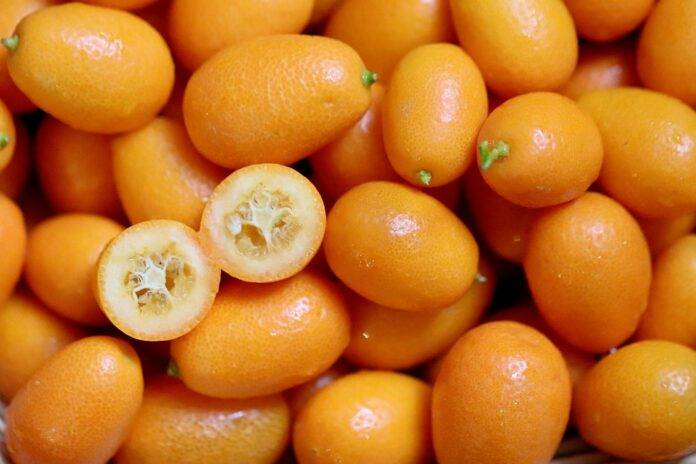Introduction
Orange farming is a vital agricultural sector that contributes significantly to the economies of many countries. As one of the most popular fruits worldwide, oranges are essential for their nutritional value and their use in various industries, including juice production and flavoring. This report will delve into the top 10 countries with the best orange farming conditions, analyzing the climate, soil quality, agricultural practices, and economic factors that contribute to successful orange cultivation.
1. United States
The United States is one of the leading producers of oranges, particularly in Florida and California.
Climate
Florida’s warm, subtropical climate offers ideal conditions for orange cultivation. The average annual temperature ranges from 65°F to 85°F, with plenty of sunshine and seasonal rainfall.
Soil Quality
The sandy soils in Florida provide excellent drainage, which is crucial for healthy orange trees.
Production and Financials
In 2021, the U.S. produced approximately 4.5 million tons of oranges, generating over $1.5 billion in revenue. The majority of this production is aimed at juice processing.
2. Brazil
Brazil is the largest producer of oranges globally and is particularly noted for its orange juice exports.
Climate
Brazil’s tropical and subtropical climate offers ideal conditions for orange farming. The country receives substantial rainfall, averaging between 40 to 80 inches annually.
Soil Quality
The fertile soils of São Paulo, the leading orange-growing state, are rich in nutrients, promoting healthy tree growth.
Production and Financials
In the 2020-2021 season, Brazil produced around 17 million tons of oranges, with juice exports valued at over $1.5 billion. The country accounts for approximately 50% of the global orange juice market.
3. Spain
Spain is the largest orange producer in Europe and a significant player in the global orange market.
Climate
The Mediterranean climate, characterized by hot, dry summers and mild, wet winters, is ideal for orange cultivation. The region benefits from ample sunshine, which is essential for fruit ripening.
Soil Quality
Spanish soils, particularly in regions like Valencia, are well-drained and rich in organic matter, enhancing growth potential.
Production and Financials
Spain produced approximately 6 million tons of oranges in the 2021 season, with exports valued at around $1 billion. The country is known for its high-quality varieties, such as Valencia and Navel oranges.
4. India
India is emerging as a significant player in the orange market, especially in the states of Maharashtra and Punjab.
Climate
The diverse climate in India allows for various orange varieties to thrive. The average temperature ranges from 60°F to 100°F, with sufficient rainfall during the monsoon season.
Soil Quality
Indian soils vary from sandy loam to clay, providing a good base for orange cultivation.
Production and Financials
In 2021, India produced around 3.5 million tons of oranges, with an increasing trend in domestic consumption and export potential.
5. China
China is rapidly increasing its orange production and has become a key player in the global market.
Climate
The subtropical climate in southern China, particularly in Guangdong and Guangxi provinces, provides favorable conditions for orange trees.
Soil Quality
The alluvial soils in these regions are nutrient-rich, supporting healthy growth and fruit production.
Production and Financials
China produced approximately 7 million tons of oranges in 2021, with a growing focus on both domestic consumption and exports.
6. Mexico
Mexico is another important player in the global orange market, known for its juicy oranges.
Climate
The warm climate in states like Veracruz promotes optimal orange farming conditions, with temperatures averaging between 70°F and 90°F.
Soil Quality
The volcanic soils in Veracruz are rich in minerals, providing excellent conditions for orange trees.
Production and Financials
In 2021, Mexico produced around 4.5 million tons of oranges, with a substantial portion dedicated to the juice industry.
7. Egypt
Egypt is becoming a significant player in orange production, particularly for export.
Climate
The climate in Egypt is characterized by hot, dry summers and mild winters, which is suitable for orange farming.
Soil Quality
The Nile Delta’s fertile soils provide excellent growing conditions, with ample irrigation available.
Production and Financials
In 2021, Egypt produced approximately 3.5 million tons of oranges, with exports valued at over $600 million.
8. South Africa
South Africa is known for its high-quality citrus fruits, including oranges.
Climate
The Mediterranean climate in regions like the Western Cape provides favorable conditions for orange cultivation.
Soil Quality
The region’s well-drained, nutrient-rich soils support healthy tree growth.
Production and Financials
In 2021, South Africa produced around 1.5 million tons of oranges, with exports valued at approximately $400 million.
9. Turkey
Turkey has seen increasing success in orange farming, particularly in the Mediterranean region.
Climate
The Mediterranean climate, with hot, dry summers and mild winters, is conducive to orange farming.
Soil Quality
The fertile soils in the Antalya region provide excellent conditions for orange cultivation.
Production and Financials
In 2021, Turkey produced about 1.3 million tons of oranges, with a growing export market.
10. Italy
Italy is known for its high-quality citrus fruits and has a strong orange farming sector.
Climate
The Mediterranean climate, particularly in regions like Sicily, provides optimal conditions for orange cultivation.
Soil Quality
Italian soils are rich in nutrients and well-drained, promoting healthy growth of orange trees.
Production and Financials
In 2021, Italy produced approximately 1.2 million tons of oranges, with a focus on both domestic consumption and exports.
Conclusion
Orange farming conditions vary significantly across the globe, with each of the top ten countries offering unique advantages. The combination of favorable climate, fertile soils, and established agricultural practices contributes to their success in orange production. As global demand for oranges continues to rise, these countries are likely to play a key role in meeting that demand while also supporting their local economies. Understanding the dynamics of orange farming can help stakeholders make informed decisions about investments and developments in this vital agricultural sector.




